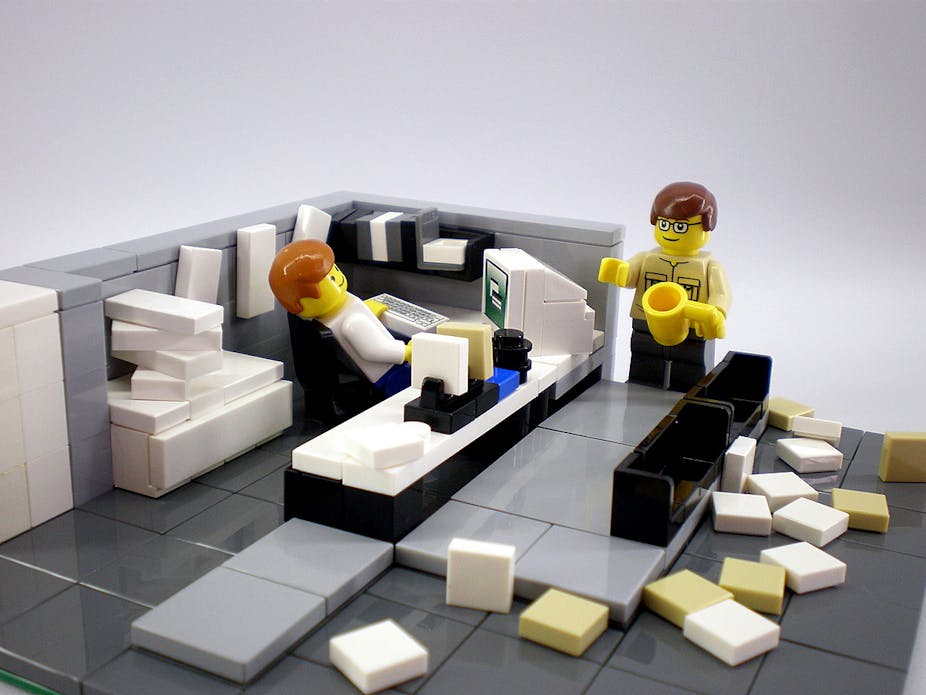In the 1970’s, the renowned University of California architectural professor and author of A Pattern Language, Christopher Alexander lamented that ‘normal’ urban behaviour at the time had become almost schizophrenic, characterised by extreme withdrawal from stress and an unrealistic belief in self-sufficiency. Over 30 years on, we are surrounded by planning and processes that are often so over-engineered that as humans we are increasingly all but removed from the experience. So pervasive is the effect of this trend, TEDx Melbourne founder Jon Yeo, notes that the selfie is a response by individuals to try to find place and to create a sense of identity.
Yet the rise of Monocle magazine, recently valued at $137.5 million AUD, and Brainpickings, a blog that provides in-depth analysis of seemingly unrelated books and has over 7 million unique readers a month, would suggest a backlash against the trend to dumb things down. Research is showing aspects of the evolution of our urban lives and the design of our work spaces present a significant challenge to our well-being and performance.
Julian Treasure suggests that we are designing environments that are making us crazy. Higher levels of density in urban environments have been shown to result in decreased generosity, increased anxiety and incidences of mental illness (Alter, 2013). Working and living in noisy environments may in fact be significantly reducing life expectancy. A study in Germany found the average noise levels in schools was 65 decibels, not only interfering with learning but causing increases in teacher heart rates that reached the threshold level for a heart attack.
Lefebvre wrote that space is a clue to the lives we lead, who we want to be and what we might be. Some exciting new research by Julio Bermudez has uncovered neuroscience insights that city planners, architects and workspace designers can intentionally build into design. Bermudez’s research has identified a scientific link between aspects of architecture and design, the correlation between beauty and experience and outcomes such as well being, mindfulness and discovery.
The Henry Ford West Bloomfield Hospital in Detroit has recently undertaken a project to rethink the nature of both patient care, employee experience and it’s role in the community. During the research, the extent of childhood obesity in the community where the hospital was located became evident. Today the environment in the hospital is so inviting and the food so good and affordable, that it’s restaurant is a destination. The facility also has a greenhouse and test kitchens used by local children and schools to learn about growing vegetables and preparing different types of food. As a result of this, the hospital has shifted the paradigm from ‘place to go when you are sick’ to ‘hospital as a community resource for staying well’. In addition, they have innovated in a way that has meant they are not only surviving but thriving, as well as playing a much larger role in the community.
A project in Chile where the intended residents were brought into the design process, is an encouraging example of a great solution to a problem where limited funds for social housing projects had previously only resulted in undesirable long-term outcomes. Such projects demonstrate ways we might move forward to create work spaces and urban environments that reverse the figure-ground. Such changes will result in important shifts in the way we design places. As Ilse Crawford Head of the Man and Wellbeing Institute notes, design that starts with human experience, prioritise well being and enhance our humanity.

